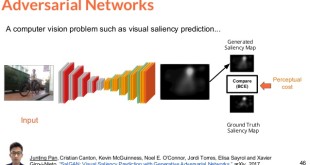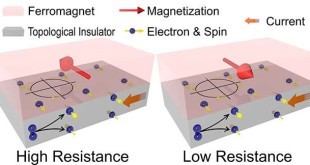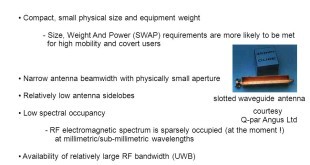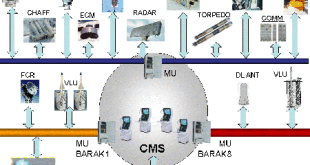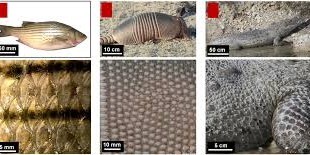The Defense Sciences Office (DSO) at the Defense Advanced Research Projects Agency (DARPA) is soliciting innovative research proposals in the area of autonomous molecular design to accelerate the discovery, validation and optimization of new, high-performance molecules for Department of Defense (DoD) needs. DARPA Accelerated Molecular Discovery (AMD) program, aims to …
Read More »Generative adversarial networks or dueling Neural Networks can bestow AI systems with “imagination” and also poison AI defences
Most AI advances and applications are based on a type of algorithm known as machine learning that finds and reapplies patterns in data. Deep learning, a powerful subset of machine learning, uses neural networks to find and amplify even the smallest patterns. Generative adversarial networks (GANs) are deep neural net …
Read More »Advances in Non Destructive Testing (NDT) and nondestructive evaluation (NDE) techniques for Aerospace and Military application
Non-destructive testing (NDT) is a way to detect and evaluate flaws in materials. The simplest and most accurate way of testing materials and components is often to test them to destruction. Destructive testing is used in aerospace to determine the physical properties of materials, components and assemblies. It can reveal …
Read More »New Magneto resistive materials enable ultrasensitive magnetic field sensors, brain-like computing chips and 3D magnetic memory
Magneto resistor is a type of resistor whose resistance changes when an external magnetic field is applied. In other words, the flow of electric current through the magneto resistor changes when an external magnetic field is applied to it. Magnetic field is the region present around a magnetic object …
Read More »Rising employment of millimetre or EHF based radars, communications and seekers by Military creating new electronic warfare challenges
The advancement of Sensors, Communications and Radars have given rise to Electronic Warfare, which encompasses, in all battle phases, military actions involving the use of EM energy to determine, exploit, reduce or prevent hostile use of EM spectrum and the actions, which retain friendly use of the EM spectrum. The …
Read More »Naval Combat and Combat Management Systems (NCMS) being upgraded to handle new maritime security threats
Recent years have seen multiple new security challenges emerge in the maritime arena. Navies, coast guards and other maritime security agencies face a proliferation of security challenges. These include: illegal fishing of territorial waters; incursion of mineral exploitation across legal boundaries; maritime terrorism; narcotics smuggling; pollution as a result of …
Read More »Militaries developing Multidomain Command and Control (MDC2) technologies including interoperable wideband line-of-sight radio communications for land, sea and satellite links
The emerging battlefield is a multi-domain battlefield which shall include all the traditional domains of land, air and sea as well as Cyber, Space, Low Intensity conflicts, Information warfare including Psychological warfare and cognitive warfare shall be exploited by our adversaries simultaneously or in any desired combinations. Implementing multi …
Read More »US Navy biologists creating GM bacteria capable of detecting enemy ships and submarines.
US Naval Research Laboratory (Naval Research Laboratory, NRL) has allocated $ 45 million for the implementation of a program to study the prospects for the use of genetic engineering for the navy. Part of the program was the development of genetically modified microorganisms capable of detecting the presence of enemy ships, …
Read More »Researchers looking to fishes for designing biomimetic systems for flexible Armor, faster aircraft and camouflaging skin
It was in the oceans that life first evolved and where complex animals have thrived for over 600 million years. Marine animals survive in environments as diverse as tropical coral reefs, polar ice-capped oceans, and the lightless abyssal depths, says Frank E. Fish from West Chester University and Donna M. …
Read More »Video virtualization and AI for near real-time actionable intelligence needed to identify and mitigate defense and security threats
Police agencies are using facial and object recognition technology for counterterrorism operations. Video footage played a key role in finding the culprits responsible for the November 2015 Paris attacks, with a CCTV video at Brussels airport used to pin down one suspect. But, the sheer volume of video content produced …
Read More » International Defense Security & Technology Your trusted Source for News, Research and Analysis
International Defense Security & Technology Your trusted Source for News, Research and Analysis

